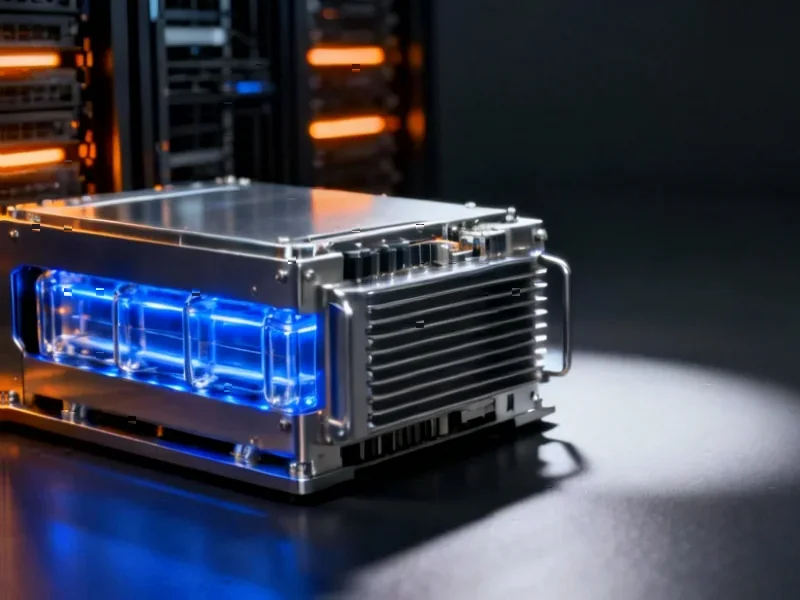According to engineerlive.com, the fossil energy sector is fundamentally changing how intelligence gets deployed in hazardous environments like offshore platforms and refineries. Traditional centralized automation models are being replaced by field-orchestrated autonomy, where certified mobile platforms act as intelligent orchestration agents right at the data source. These AI-equipped devices can assess situations, collaborate with peer systems, and implement coordinated responses while maintaining full regulatory compliance. A key concept called “swarm governance” enables devices to form temporary decision-making groups that evaluate complex conditions holistically. Simulations in refinery and upstream environments show these orchestration nodes maintain functionality during network disruptions, allowing operations to continue safely even when communications fail. For NOCs and international operators, this represents a move beyond incremental improvements to legacy systems.
Why This Matters Now
Here’s the thing – we’re not just talking about better automation. This is about survival in increasingly complex and risky environments. When you’ve got multiple sensors detecting simultaneous anomalies on an offshore platform, waiting for a centralized system to process everything and send back commands creates dangerous delays. But if those devices can talk to each other directly and coordinate responses? That’s a game-changer for safety.
And let’s be honest – the energy transition is forcing everyone to think differently. Operators need systems that can adapt to emerging challenges without requiring massive infrastructure overhauls every time something changes. Field-orchestrated autonomy basically creates an ecosystem where intelligence is decentralized but governance remains centralized. You get the best of both worlds.
The Human Factor
Now, before anyone panics about robots taking over oil rigs – that’s not what’s happening. The whole point is to enhance human decision-making, not replace it. These systems are designed with humans firmly in the loop for situations that exceed predefined parameters. Think of it as giving field operators superpowers rather than replacing them.
I think this is crucial because in high-risk environments, you never want to completely remove human judgment. But you also don’t want humans bogged down with routine decisions that AI can handle faster and more reliably. It’s about finding that sweet spot where technology handles the predictable stuff so people can focus on the truly complex problems.
Broader Implications
Look, this isn’t just about oil and gas. The convergence of certified mobile platforms, advanced AI agents, and resilient communication networks is creating a template that’ll likely spread to other industries dealing with hazardous operations. Mining, chemical plants, even emergency response – they’re all facing similar challenges.
The real innovation here is what Jan Rieks Zonderman from i.safe MOBILE describes as a “hybrid intelligence model.” It combines the adaptability of distributed systems with the assurance of central governance. For organizations trying to build resilience in unpredictable markets, that combination could be the difference between thriving and just surviving.
So where does this lead? We’re probably looking at a future where predictive and self-optimizing operations become the norm rather than the exception. When your field equipment can not only respond to immediate threats but actually anticipate them? That’s when we’ll see real step-changes in both safety and efficiency.




